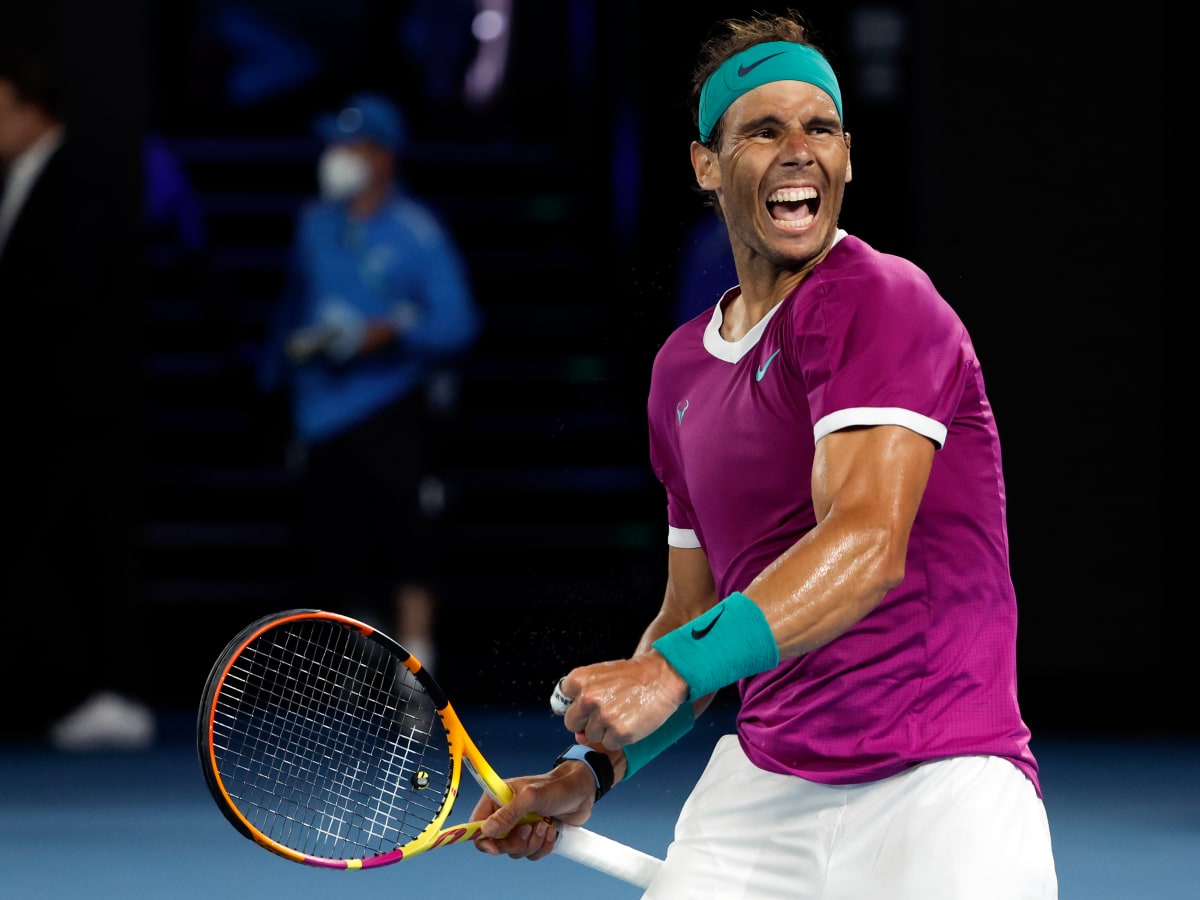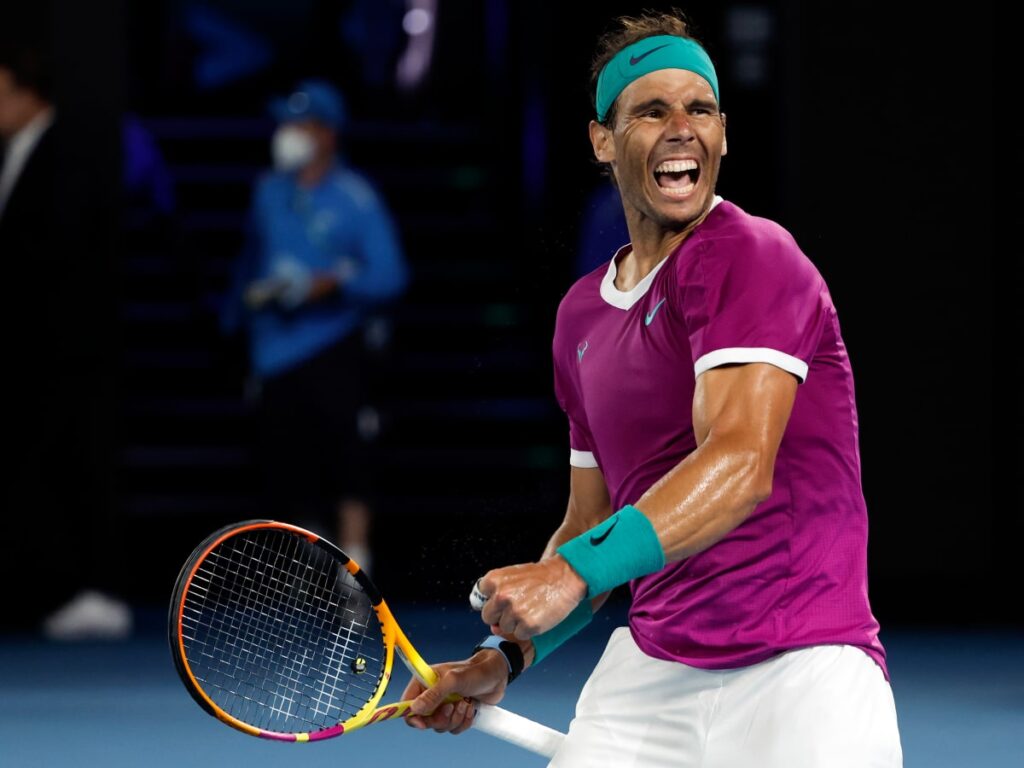

Rafael Nadal Announces New Training Regimen with Quantum Physics to Accelerate Tennis Progress: “I’m Preparing for the 2030 Grand Slam!”
In a stunning announcement that has sent shockwaves through the tennis world, Rafael Nadal revealed a groundbreaking new approach to his training regimen, incorporating principles of quantum physics to elevate his game to unprecedented levels. The 22-time Grand Slam champion, renowned for his relentless determination and physical prowess, claims this innovative method will have him in peak condition not just for the rest of this year but well into the next decade.
A New Era of Training
At a press conference held at his Mallorca estate, Nadal outlined the details of his unique training regimen. “We’ve always known that tennis is as much about mental strength as it is about physical capability,” Nadal said, his usual modesty overshadowed by a palpable sense of excitement. “What we’re doing now takes it to a whole new dimension—literally.”
Nadal’s new regimen involves integrating quantum physics concepts, such as quantum superposition and entanglement, into his daily training. The idea, according to Nadal, is to create a series of simulations and exercises that place him in multiple potential physical states simultaneously, enhancing his adaptability and responsiveness on the court.
Quantum Training Techniques
The core of Nadal’s new training involves a state-of-the-art simulation chamber designed to apply quantum principles to athletic performance. In this chamber, Nadal undergoes a series of dynamic drills that use complex algorithms to mimic a wide range of possible in-match scenarios. The chamber’s advanced technology reportedly allows him to experience and react to multiple game situations at once, theoretically improving his decision-making and reflexes.
Additionally, Nadal has enlisted a team of physicists and sports scientists to fine-tune the regimen. Dr. Elena García, a physicist specializing in quantum mechanics, explained, “The training focuses on harnessing the potential of quantum states to push the boundaries of human performance. By training in these simulated quantum states, Nadal can potentially access a higher level of skill and agility.”
Preparing for 2030
Nadal’s bold proclamation that he is preparing for the 2030 Grand Slam has fueled speculation and excitement among fans and analysts alike. Although Nadal is known for his long-term vision and dedication, this announcement marks an unprecedented commitment to future achievements.
“Rafael Nadal’s focus on such a distant goal speaks volumes about his determination and belief in his new training methods,” said tennis analyst Mark Thompson. “If anyone can pull this off, it’s Nadal. His willingness to embrace such avant-garde techniques shows his relentless drive to stay at the top.”
The Reaction
The tennis community has reacted with a mix of awe and skepticism. While some fans are thrilled by the prospect of seeing Nadal push the boundaries of what’s possible, others question the practicality and effectiveness of applying quantum physics to sports training.
“Rafael Nadal is a legend and an innovator,” said longtime fan and sports enthusiast Maria Lopez. “If anyone can turn the impossible into possible, it’s him. I’m excited to see what comes of this experiment.”
As Nadal embarks on this unprecedented journey, one thing is clear: his quest to remain at the pinnacle of tennis is as boundless as his ambition. Whether this new quantum training regimen will lead to future Grand Slam victories or remain a fascinating footnote in sports history, Nadal’s relentless pursuit of excellence is sure to keep the world of tennis on the edge of its seat.
Leave a Reply